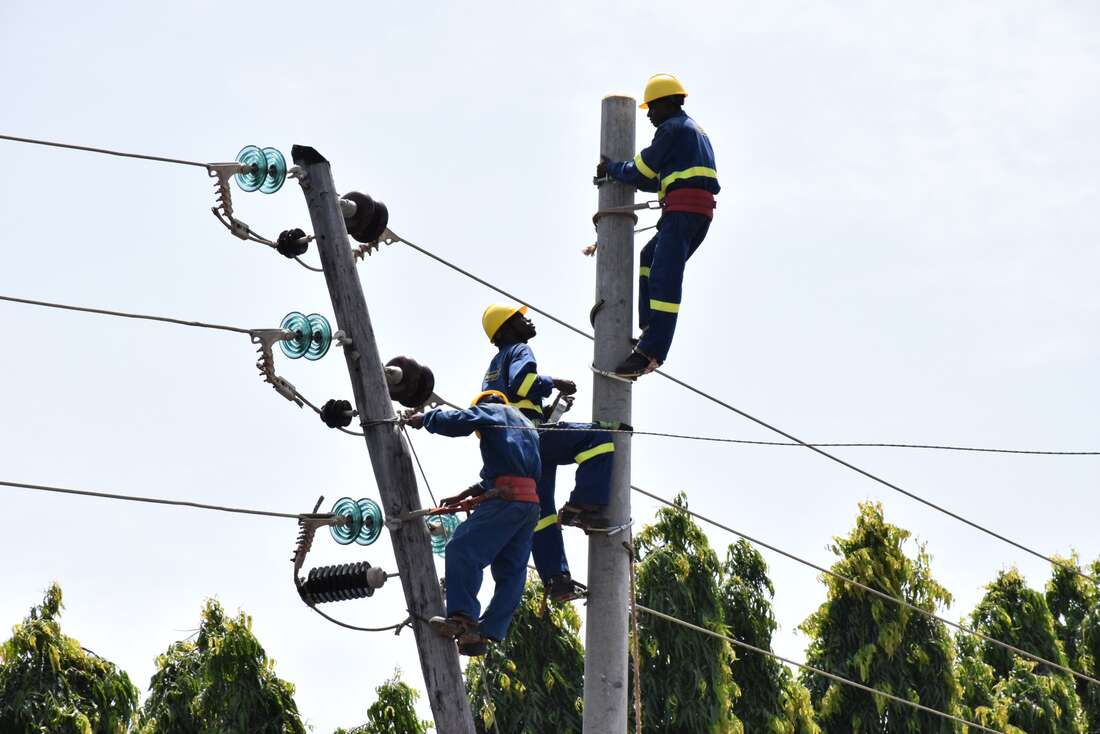Kenya Power #ticker:KPLC plans to procure drones to inspect its power plants and lines across the country as part of a fresh plan to increase efficiency and cut costs.
This is a step up for Kenya Power which currently relies on a single helicopter to inspect its critical infrastructure and conduct aerial repairs.
The utility said on Tuesday that the high-end unmanned aerial vehicles (UAVs) will speed up monitoring tasks including responding to emergency situations like blackouts which cost the firm billions of shillings a year.
“The company intends to implement…a pilot UAV based technology platform that will be used to carry out various services for the company,” said Kenya Power in tender documents published yesterday.
“The services to be offered will include inspection of powerlines and substations, vegetation management, corridor mapping, digital terrain modelling and line construction.”
Kenya Power said the UAV platform will have a major impact on the company’s business in terms of cutting labour costs and increasing response times for consumers in distress. The drones will be used alongside the company helicopter, it said.
“The adoption of UAV based technology platforms is not just cost-effective but they also increase reliability, improve safety and reduce response times,” said Kenya Power.
“The adoption of UAV usage by Kenya Power will further future proof the company’s utility business and result in reduced power costs to customers and better customer experience.”
The utility has invited firms to develop and provide drone technology as soon as possible.
Kenya Power joins power producer Kenya Electricity Generating Company (KenGen) which recently bought two drones to inspect its plants at its Olkaria geothermal fields in Naivasha.
KenGen said earlier its UAVs bought at Sh28.7 million would be deployed in the vast Olkaria Fields for surveillance.Utilities in other parts of the world have increasingly turned to drones to scour large power plants and thousands of kilometres of grids for damage and leaks in an attempt to avoid network failures that cost them billions of shillings a year.The flying robots that can travel dozens of kilometres without stopping are seen as the next big thing for power companies.Thermal and zoom imaging placed on drones can help detect defects that then can be fixed before they become a problem, according to experts.Italy’s Snam, Europe’s biggest gas utility, said three years ago it tested prototypes of long-distance drones that fly at low altitudes over pipelines and power lines.French energy utility RTE has also tested a long-distance drone, […]
